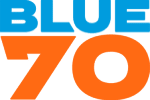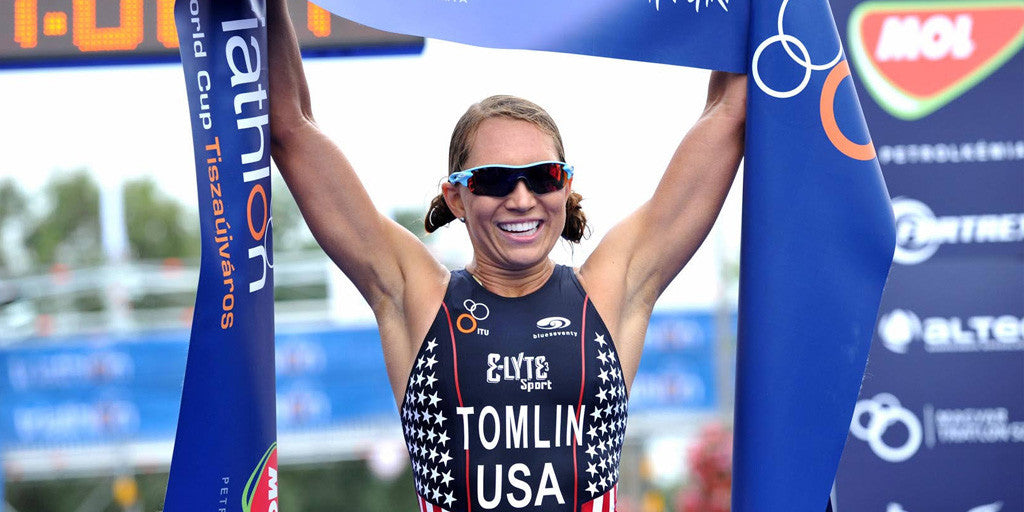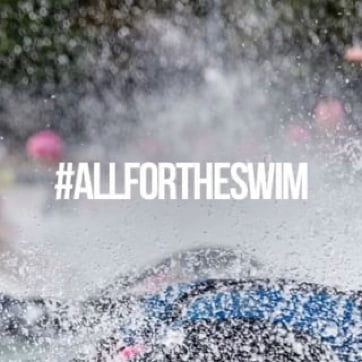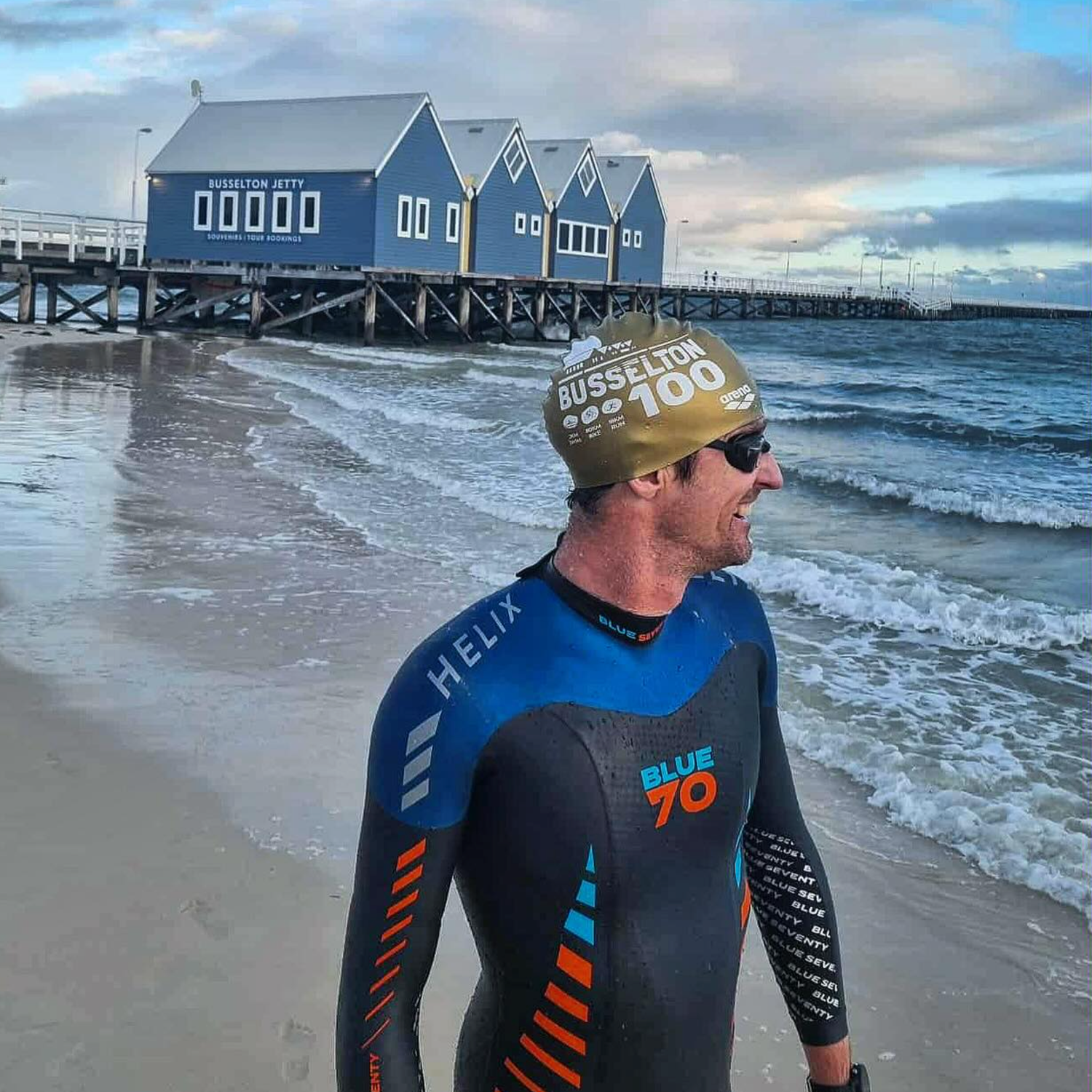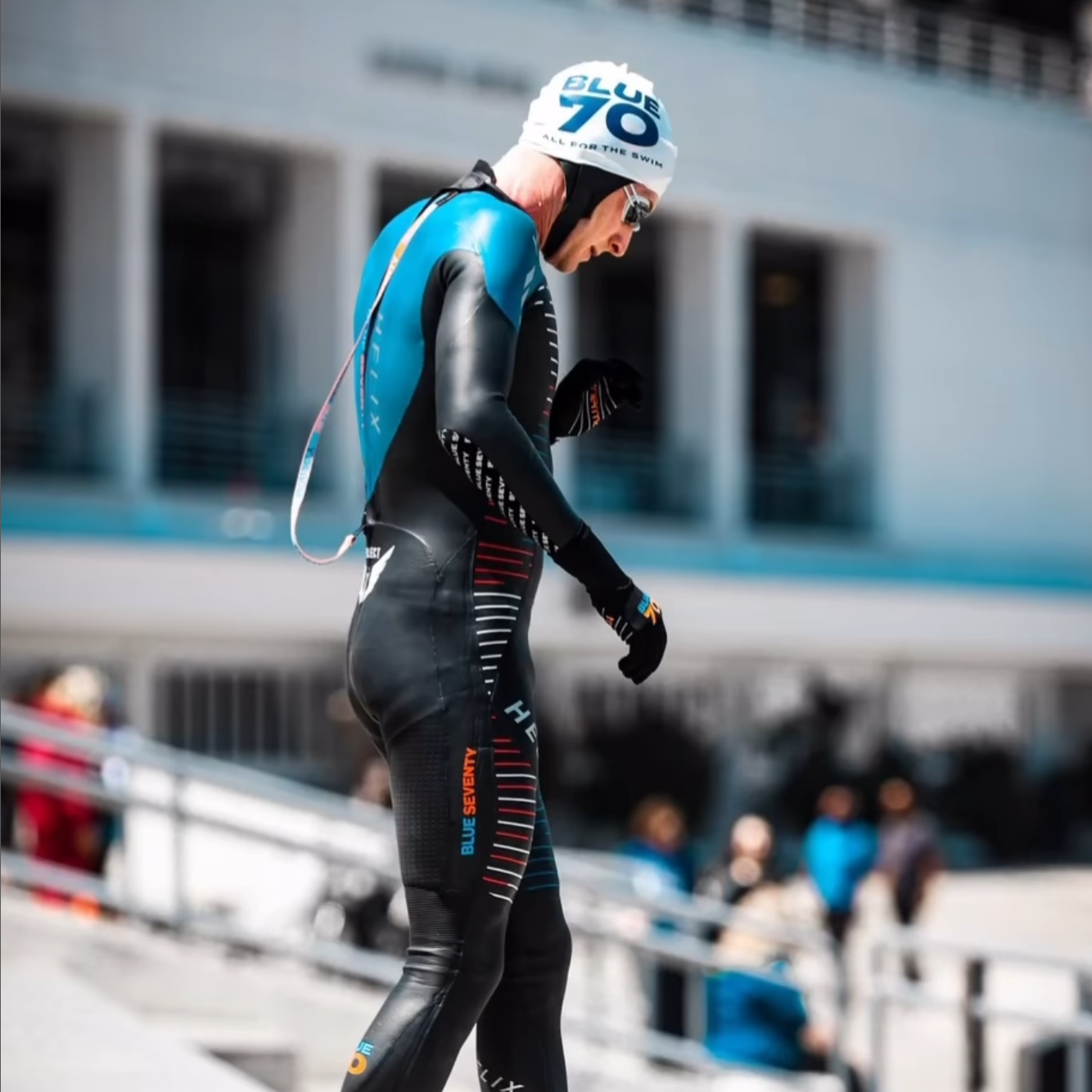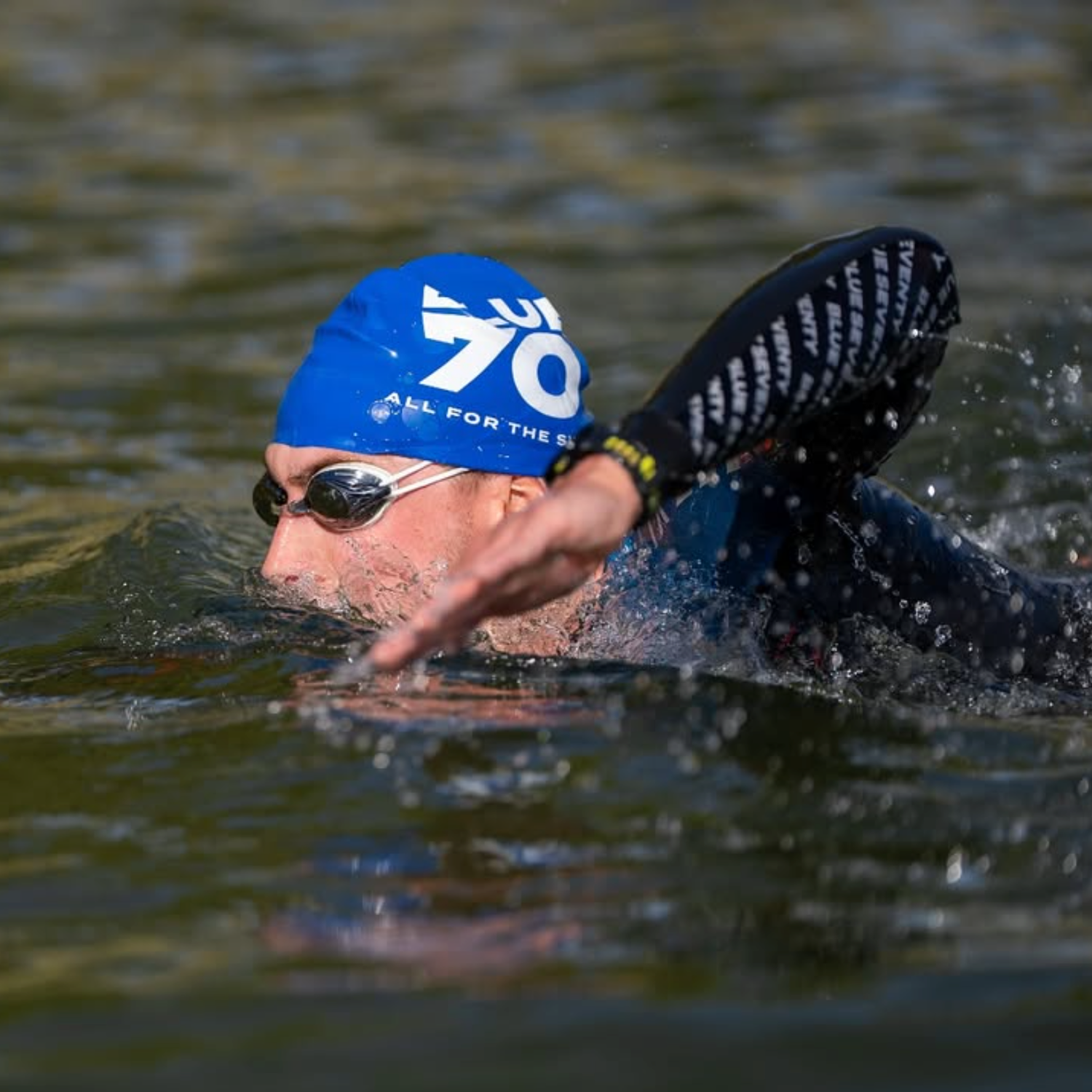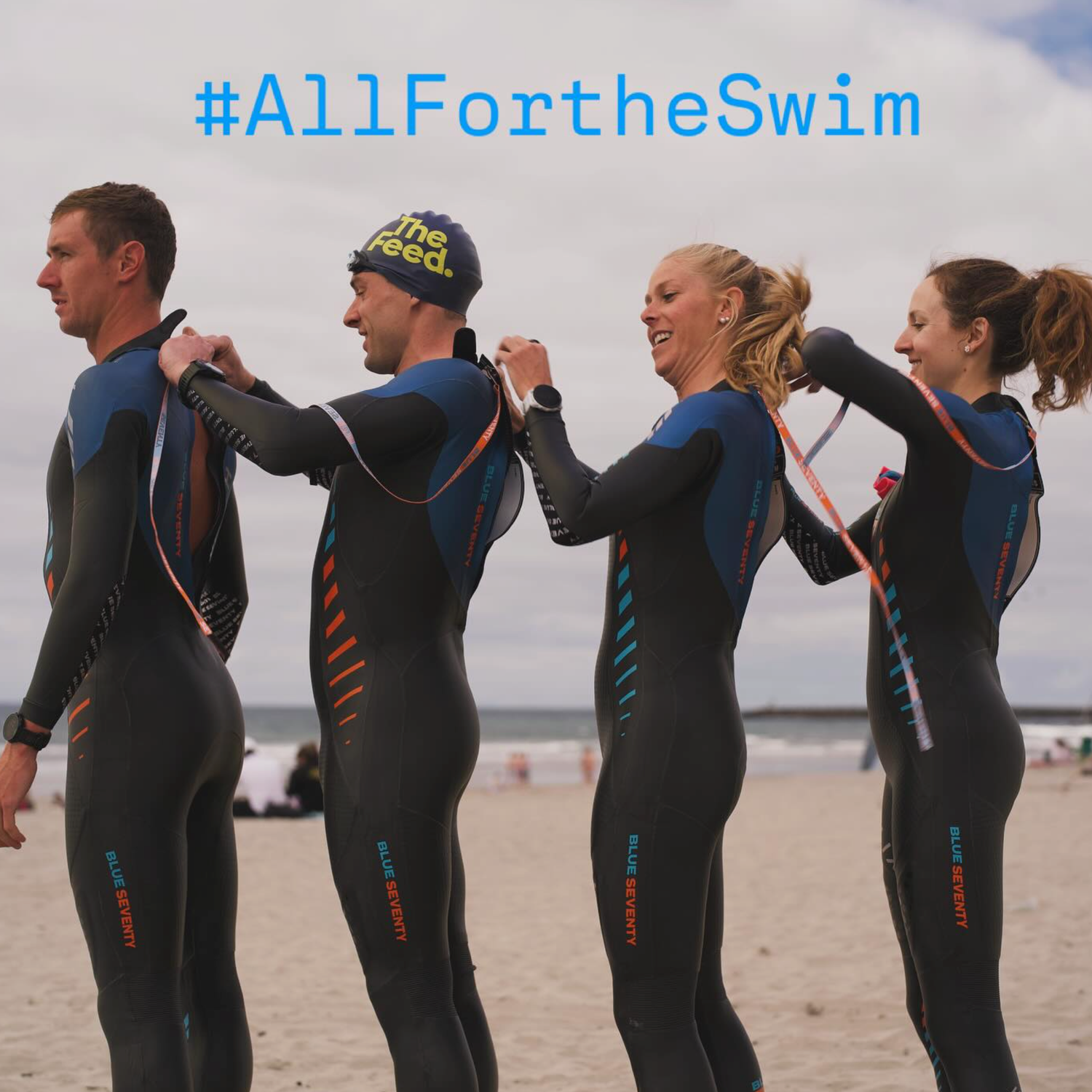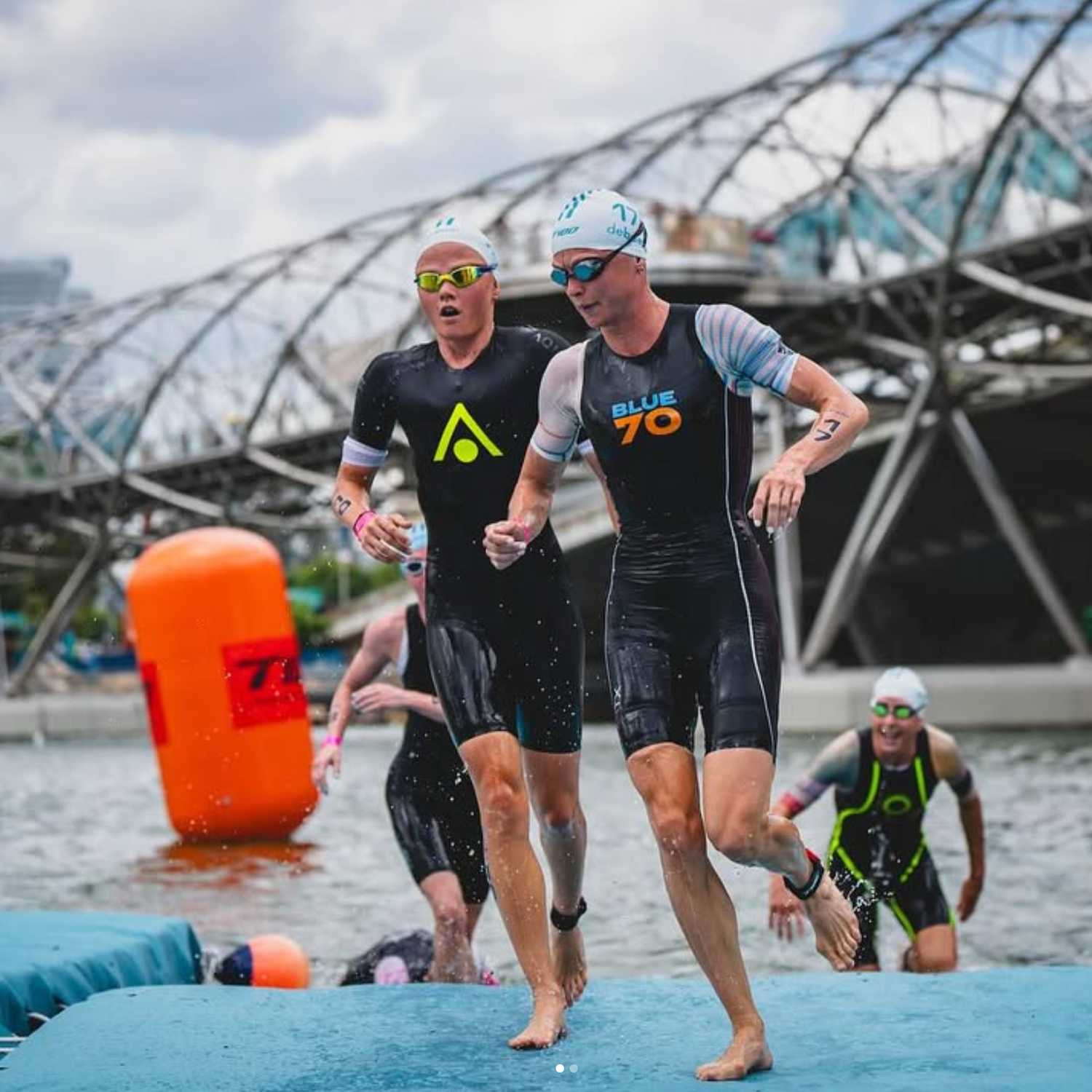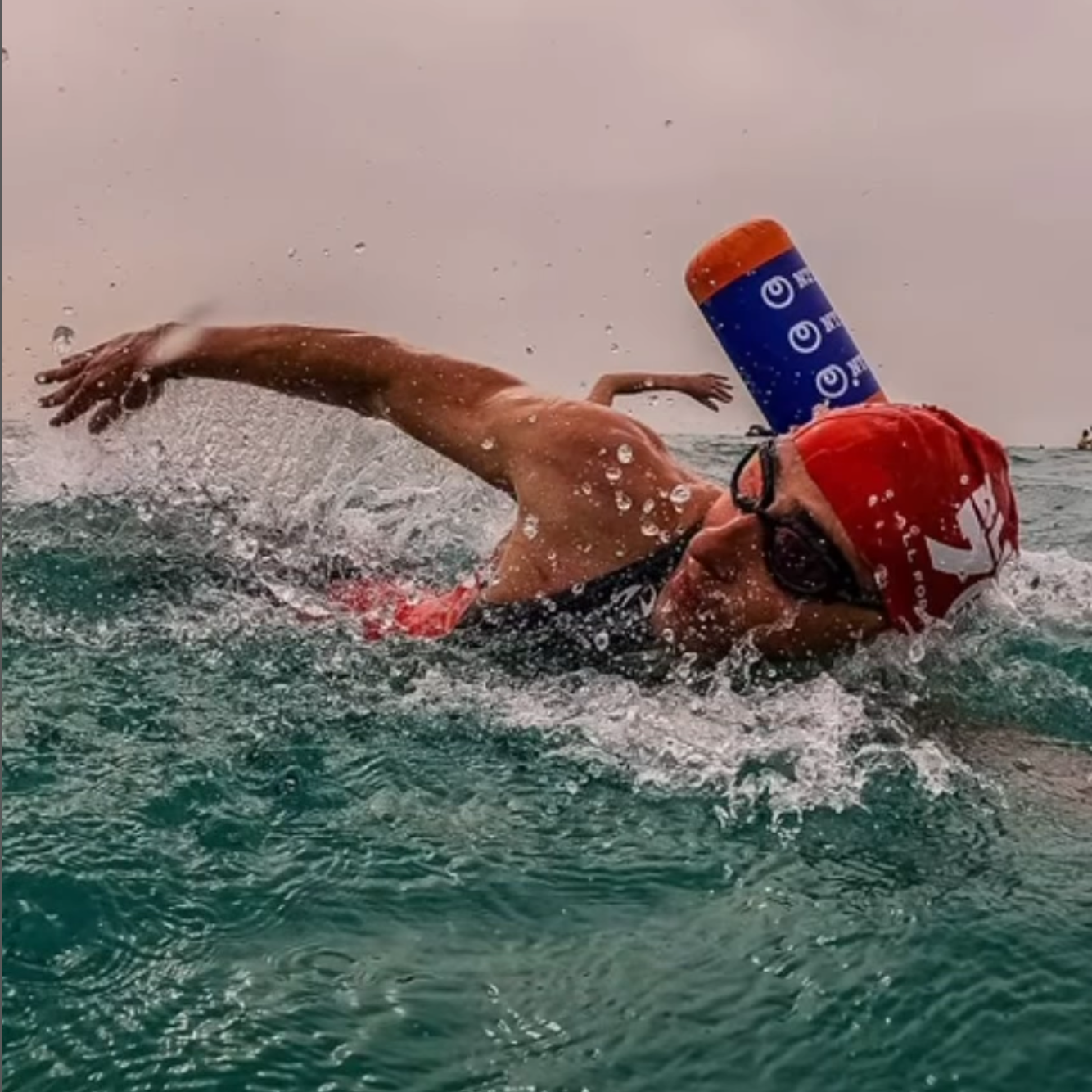You’re forgiven if Renée Tomlin is not the first name you think of when it comes to American women racing at the highest level of triathlon, but you would be foolish to ignore it. Fresh off successfully defending her title at the 2017 ITU Tiszaujvaros World Cup with a blistering final finishing kick, Renée is still a relatively newcomer to the sport. She jumped from unranked in 2014 to becoming a USA Triathlon National Team member in less than a year. She took home her first major win at the 2015 Chengdu ITU World Cup and with it, firmly establishing herself near the top of the long list of impressive American women currently dominating the sport. At the close of the 2016 World Triathlon Series, she was ranked top twenty in the world.
The combination of a club swimming background with collegiate and professional running experience primed her rapid progression as a professional triathlete. Her aim is to compete at the highest level within ITU racing with a current focus on meeting The Olympic Games qualification standards in 2020.
Hailing from Ocean City, NJ, Renée went south to attend Georgetown University where she ran Track & Field and Cross-Country. A 4-time NCAA All-American, she competed post-collegiately at the 2012 Olympic Trials in the 1500m. She received a BA in French and a Master’s in Linguistics with a concentration in Language and Communication from Georgetown's Graduate school.
Renée has been a blueseventy athlete since her beginnings in the sport when she was spotted at a development race dominating at the front. We asked Renée to fill us in on her background and goals in the sport.

Tell us a little bit about your running career.
I was a middle distance runner as a Hoya; my focus was the 800 and 1500. I also ran Cross-Country, garnering an All-American finish at the NCAA Championships in my 5th year. Some career highlights include winning the Penn Relays Distance Medley Relay with some talented teammates, achieving 4 All-American accolades and winning 2 individual Big East Championship titles in the 800 and 1000. Post-collegiately, I trained with legendary Track coach Frank Gagliano. Under his mentorship, I competed in the 2012 Olympic Trials in the 1500m and hold a personal best of 4:08.09.
What made you decide to go pro in triathlon?
I was ready for a change from the single sport of running. At the time, I was pursing a more ‘traditional’ career path, but I also had a gut feeling that I still had something left to give in elite, professional sport. USA Triathlon provided an incredible opportunity to continue exploring this athleticism and competitive edge.
How did USA Triathlon help you make the initial step?
I met USA Triathlon’s Collegiate Recruitment Program (CRP) recruiter, Barb Lindquist, back in 2009 at the Outdoor NCAA Championships in Track & Field and kept in touch for a few years. I was focused on Track & Field for a while, but decided to make the switch over to triathlon in 2014. I was fortunate to jump into the CRP program and work with Jono Hall and Jarrod Evans for two and half years. They provided a performance environment and coaching guidance that fast-tracked me into the highest level of ITU competition. Through the ups and downs, the federation continues to believe in my learning process and potential. For that I am so grateful.
Where do you do most of your training?
This year I made a coaching and daily performance environment change—I joined the Wollongong Wizards, lead by coach Jamie Turner. January through May, we do most of our training in Wollongong, Australia as well as camps at the Australian Institute of Sport in Canberra. The end of May and beyond, we move to Vitoria-Gasteiz, Spain for the European summer.
Who are some of your training partners?
The Wizards are mainly an Australian group, including Charlotte McShane, Ashleigh Gentle, Natalie Van Coevorden, Grace Musgrove and Ryan Baile. But we’re an international squad as well, including Olympians Barbra Riveros and Zsofia Kovacs as well as Anel Radford, Carlyn Fischer and Taylor Ried.
What is your focus in 2017?
“Look, Search, Discover” with Jamie’s guidance. For 2017, I’m working on building triathlon autonomy—figuring out what works well and what requires improvement. Improving strengths and chipping away at weaknesses while maintaining a healthy balance is always a focus.
What is your nutrition plan for an ITU Sprint or Olympic distance race?
I try to keep a similar routine pre-race as I do on a day-by-day training basis. Protein, carbs, fats, veggies, fruit, some chocolate—the essentials! Race night I generally get a steak; race morning I’ll have eggs, toast and a banana. During the race, I take gels, sports fluid and water. Afterwards, I try and find a good burger and beer, depending on how I pull up. In Yokohama, instead of the burger, I went for Japanese curry or sushi.
You're fluent in multiple languages, has this helped you traveling the world?
Yes! Right now I am living and training in Spain, so my Spanish is coming in quite handy. German was helpful at WTS Hamburg. French is on the side burner, for now ;)
Have you dealt with injury?
I’ve been fortunate thus far in the sport of triathlon to avoid injury. Of course I’ve experienced little issues here and there, but I try and knock them out before they become a larger issue, or real injury. If a niggle surfaces, I communicate it to my coach and support team. We monitor and back-off, which has been the remedy that’s worked thus far to keep me injury free!

Why do you choose blueseventy products?
blueseventy products are reliable, comfortable and align with my style. Products are designed for both the casual to high-level triathlete looking for the proper equipment to get the job done.
What are some of your favorite pieces of swim equipment?
Obviously the HELIX wetsuit keeps me warm and prepared on wetsuit-required race days. Nero Race goggles are my go-to for swimming, no matter pool or open water. And my two-piece suit for tan line improvement on relaxed swim days. I also strut the toe-warmers on the bike in wet, rainy, colder conditions.
During the season how often are you swimming?
Pretty much everyday except Sunday.
What sort of yardage?
Anywhere from 3-6k meters per session. For open water, we mainly do race simulation work: buoy sighting, swimming on feet, the battle to create time and space in the water. All full-gas.
What is the best advice you would give an aspiring triathlete hoping to compete at the top level?
Invest in your performance. By investment, I do not only refer to dollar signs, but to time, energy, focus, patience, recovery, support. Remember that your journey to the top-level involves many moving pieces and people. With them, enjoy all the ups and learn from the downs. And enjoy the ability to represent your nation, community and family.
You can follow Renée's journey on Twitter and Instagram.
Top photo by World Triathlon / Janos Schmidt. Bottom photos by Competitive Image / Paul Phillips.

